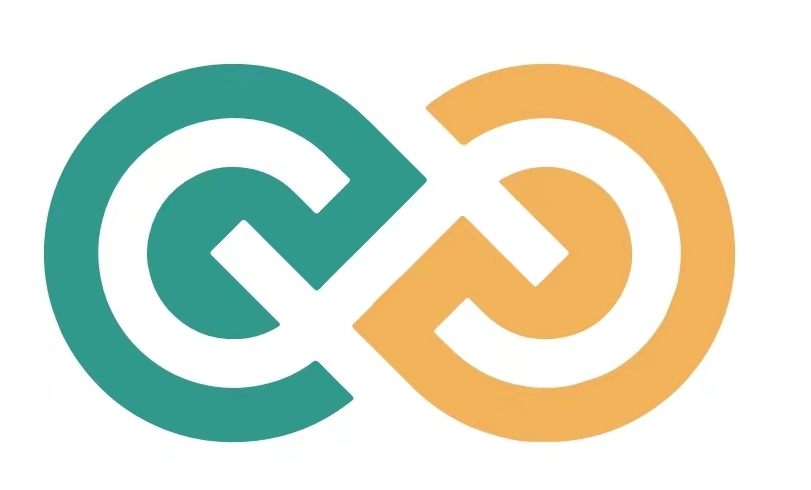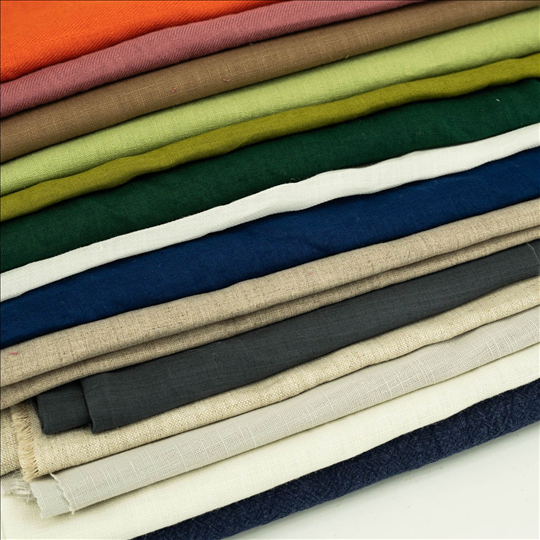At present, the development of fast-moving fashion has brought people more clothing choices, and it has also led to a series of environmental problems. According to statistics from the China Circular Economy Association, an average of about 26 million tons of old clothes are discarded in my country every year, with an average of 3 to 5 pieces per person per year. Among them, more than 90% of waste clothing is directly landfilled or incinerated, causing great waste of resources and environmental problems. In addition, the textile industry consumes a lot of water, and the water consumption for producing one ton of textiles can reach 200 tons. According to statistics, my country’s textile industry water consumption accounts for about 6.3% of the country’s total water consumption, and the sewage discharged from the printing, dyeing and finishing of the textile industry accounts for 1/5 of the global industrial sewage discharge.
In response to the above problems, the research group of Professor Li Yi of the University of Manchester recently announced a functional fabric with high absorbency and enhanced catalytic performance. This research can realize the functional reuse of waste textiles and efficient purification of textile wastewater, which is in line with the textile industry. green development goals.
First, the researchers used waste wool fabrics as raw materials, coated a layer of titanium dioxide/graphene oxide (TiO2/GO) mixture on the surface of wool fabrics using a tie-dyeing process, and then reduced them with L-AA acid to obtain functional TiO2 /rGO fabric (FF-rGO). From the SEM images of FF-rGO functional fabrics and the test results of surface element distribution, it can be seen that rGO and TiO2 are closely and evenly distributed on the surface of textiles.
As a commonly used cationic dye, methylene blue is a refractory pollutant in printing and dyeing wastewater. Based on this, the researchers explored the absorption and catalytic properties of FF-rGO functional fabrics for methylene blue. The results showed that due to the electrostatic interaction between graphene and organic dye molecules and the stacking of π-π bonds, the functional fabrics with a mass fraction of 15% rGO It has the highest absorption capacity for methylene blue; at the same time, it also has the highest catalytic efficiency, which can degrade 95% of methylene blue within 1h.
Based on the superior absorption and photocatalytic properties of FF-rGO, the researchers designed a degradation strategy of “first absorption and then catalysis”. The results showed that after 6 h of pre-absorption, the functional fabric with a mass fraction of 15% rGO catalyzed degradation within 15 minutes. More than 90% of the methylene blue was recovered, and the degradation rate was 26.3% higher than that without the pre-absorption stage.
In addition, in order to evaluate the practical application of waste fabric reuse and sewage treatment, the researchers functionalized waste socks for large-scale sewage treatment. The experiment adopted a continuous degradation process of 12h absorption and 12h photocatalysis (simulating the alternation of night and day in the actual process). After 120h treatment, more than 93% of methylene blue was degraded. Effectiveness of Utilization and Sewage Treatment in Practical Application.
Post time: Aug-09-2024


